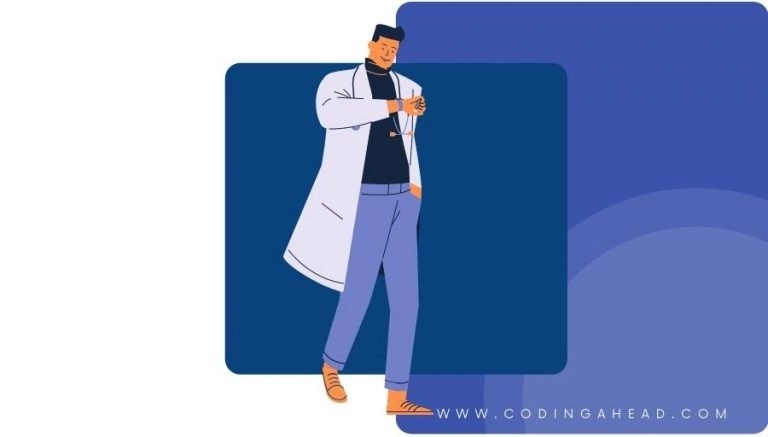How To Use CPT Code 12017
CPT code 12017 describes the simple repair of superficial wounds to the face, ears, eyelids, nose, lips, and/or mucous membranes that are 20.1 to 30 cm in size. This article will cover the description, procedure, qualifying circumstances, appropriate usage, documentation requirements, billing guidelines, historical information and billing examples.
1. What is CPT Code 12017?
CPT 12017 is a code used to describe the simple repair of superficial wounds to the face, ears, eyelids, nose, lips, and/or mucous membranes that are between 20.1 and 30 cm in size. This procedure involves closing the wound using sutures or other appropriate methods, without involving deeper structures.
2. Official Description
The official description of CPT code 12017 is: ‘Simple repair of superficial wounds of face, ears, eyelids, nose, lips and/or mucous membranes 20.1 cm to 30.0 cm.’
3. Procedure
The procedure for CPT code 12017 involves the following steps:
- The physician assesses the superficial wound on the face, ears, eyelids, nose, lips, and/or mucous membranes.
- The wound is cleaned and prepared for closure.
- The physician selects the appropriate method for closure, such as sutures or adhesive strips.
- The wound is closed using the chosen method, ensuring proper alignment and tension.
- The physician may apply a dressing or bandage to protect the wound.
- Post-operative instructions and follow-up care are provided to the patient.
4. Qualifying circumstances
CPT code 12017 is used for the simple repair of superficial wounds to the specified areas of the face, ears, eyelids, nose, lips, and/or mucous membranes. The size of the wound must be between 20.1 and 30 cm. This code is appropriate when the wound involves the epidermis, dermis, or subcutaneous tissue, without involvement of deeper structures.
5. When to use CPT code 12017
CPT code 12017 should be used when a physician performs a simple repair of a superficial wound on the face, ears, eyelids, nose, lips, and/or mucous membranes that is between 20.1 and 30 cm in size. This code should not be used for wounds that involve deeper structures or require more complex repair techniques.
6. Documentation requirements
To support a claim for CPT code 12017, the physician must document the following information:
- Description of the wound, including its location and size
- Method of wound closure used
- Details of the closure technique, including the number and type of sutures or adhesive strips
- Any additional procedures performed, such as wound cleaning or debridement
- Post-operative instructions provided to the patient
- Signature of the physician performing the procedure
7. Billing guidelines
When billing for CPT code 12017, ensure that the wound being repaired meets the criteria of being superficial and between 20.1 and 30 cm in size. It is important to accurately document the procedure and provide the necessary supporting documentation. CPT code 12017 should not be reported with other codes for more complex repairs or procedures involving deeper structures.
8. Historical information
CPT code 12017 was added to the Current Procedural Terminology system on January 1, 1990. There have been no updates or changes to the code since its addition.
9. Examples
- A physician performs a simple repair of a 25 cm superficial wound on the face of a patient.
- A plastic surgeon closes a 28 cm wound on the eyelid using sutures.
- An otolaryngologist repairs a 22 cm wound on the nose of a patient.
- A dermatologist sutures a 27 cm wound on the lip of a patient.
- A facial plastic surgeon performs a simple repair of a 21 cm wound on the ear of a patient.
- A maxillofacial surgeon closes a 23 cm wound on the mucous membrane of a patient.
- A general surgeon repairs a 26 cm wound on the face of a patient using adhesive strips.
- A plastic surgeon sutures a 24 cm wound on the nose of a patient.
- An otolaryngologist performs a simple repair of a 29 cm wound on the eyelid of a patient.
- A dermatologist closes a 20 cm wound on the lip of a patient using sutures.



